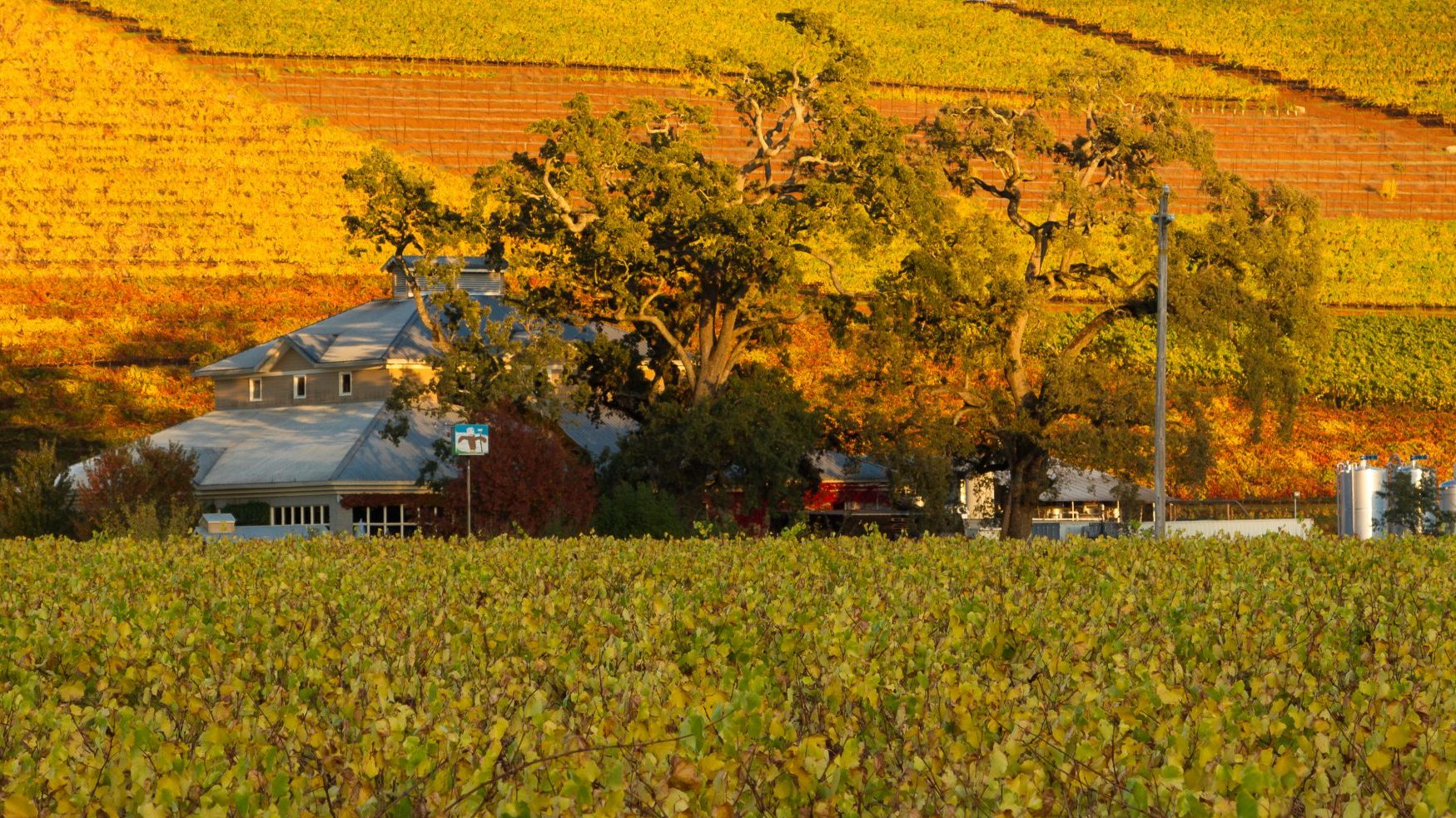The region encompassing present-day Walla Walla has been the ancestral homeland of the Cayuse, Umatilla, and Walla Walla tribes since ancient times. Their territory stretched from the Columbia River lowlands to the Blue Mountains’ highlands in what is now southeastern Washington and northeastern Oregon.
Before Euro-American settlers arrived, these indigenous peoples lived a nomadic lifestyle, moving across the Columbia Plateau and setting up seasonal camps for hunting, fishing, trading, and celebrations. Their villages were situated along the Columbia and Snake rivers and in the surrounding mountains, where they relied on the land’s resources for sustenance and participated in extensive trade networks.
The first recorded contact with Euro-Americans occurred in 1805 when the Corps of Discovery, led by Lewis and Clark, explored the Columbia River for trade. Subsequently, the fur trade expanded into the Pacific Northwest, impacting the tribes and their traditional way of life.
In 1818, the North West Company established Fort Nez Perces, later renamed Fort Walla Walla, which became a center for fur trading. In the 1820s, French Canadian Metís settled in the area, leading to the establishment of Frenchtown.
In the 1830s, Christian missionaries arrived, including Marcus and Narcissa Whitman, who established a mission near present-day College Place. Tensions rose between the Euro-American settlers and the indigenous tribes, leading to conflicts such as the Cayuse War in 1848.
The signing of the Treaty of 1855 resulted in the establishment of a reservation for the Cayuse, Umatilla, and Walla Walla tribes, leading to their forced relocation. The following years saw limited white settlement due to ongoing conflicts.
Walla Walla saw significant growth with the founding of the city in 1859 and its incorporation in 1862. The discovery of gold in 1861 in present-day Idaho further accelerated growth as Walla Walla became a supply stop for miners.
As the gold rush faded, agriculture, particularly dryland wheat farming, became prominent. The construction of a rail line connecting Walla Walla to the Columbia River facilitated trade and transportation.
The late 19th century saw a diverse influx of immigrants, including Chinese, Italians, and Volga Germans, contributing to the city’s growth and cultural diversity.
The early 20th century witnessed further development with the City Beautiful Movement, which emphasized urban beautification and civic improvements. The construction of civic buildings, parks, and a hydroelectric dam fueled the city’s progress.
World War II brought military presence to Walla Walla, with the establishment of a bomber air-training base and a veterans hospital. Post-war construction and suburbanization further expanded the city’s population and infrastructure.
Urban renewal efforts in the 1970s led to the revitalization of downtown Walla Walla, with the establishment of the Downtown Walla Walla Foundation. The wine industry emerged as a significant economic driver, contributing to downtown revitalization and making Walla Walla a tourist destination.
Today, Walla Walla continues to grow and thrive, with a population of approximately 34,000 and a vibrant economy driven by agriculture, tourism, and the wine industry.
